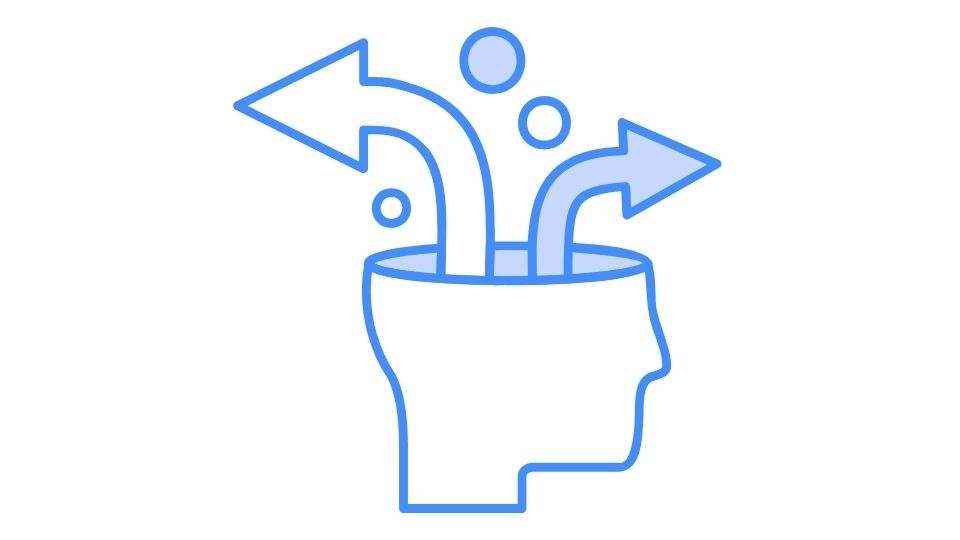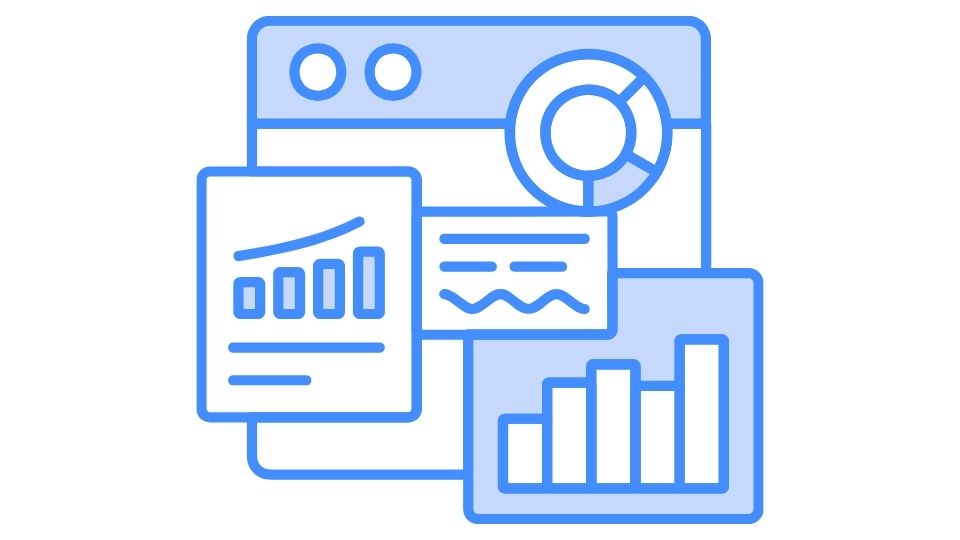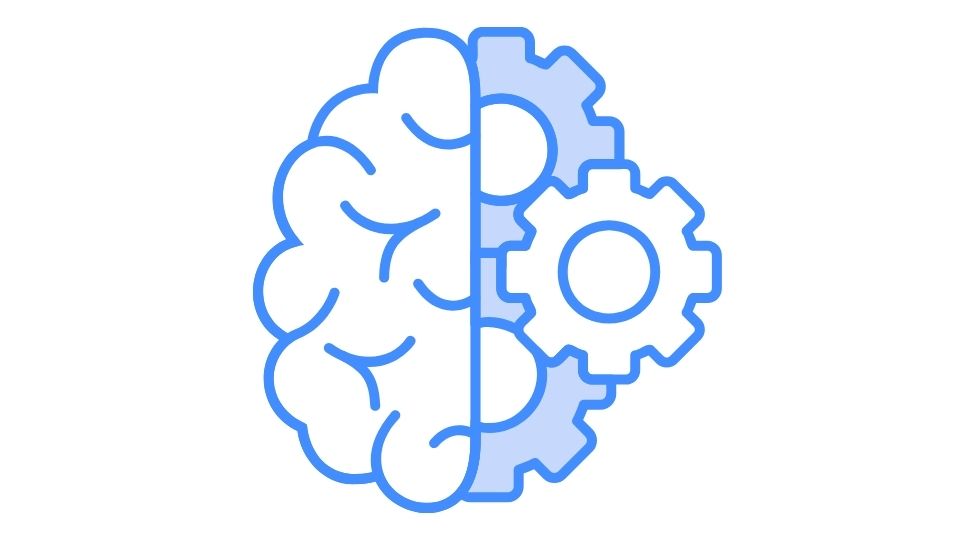Work-Life Balance Isn’t a Myth — These Strategies Prove It

The work-life balance struggle is REAL in 2025.
With our phones constantly buzzing, “urgent” emails popping up at 9 PM, and the pressure to always be “on,” finding balance between career and personal life feels like trying to ride a unicycle while juggling flaming torches.
But here’s the thing – achieving work-life balance isn’t some mythical quest. It’s about creating sustainable rhythms that work for YOU.
So let’s break down how to actually make this happen without quitting your job and moving to a cabin in the woods (though some days, that’s tempting).
The Ultimate Guide to Work-Life Balance (Without Losing Your Mind)
What Work-Life Balance Actually Means in 2025

First off, forget the idea that work-life balance means spending exactly 8 hours working, 8 hours on personal stuff, and 8 hours sleeping every single day.
That’s not realistic or even desirable for most people.
Real balance is about creating sustainable patterns that let you thrive professionally while still having energy for the people and activities you love.
It means different things to different people. For some, it’s being able to pick up your kids from school. For others, it’s having time for that pottery class or not checking email on weekends.
According to the American Psychological Association, workers who achieve better work-life balance report higher job satisfaction and better mental health.
8 Strategies That Actually Work

1. Embrace flexibility (but with guardrails)
Flexibility is the name of the game in 2025. Whether you’re working hybrid, fully remote, or in-office, take advantage of flexible schedules when possible.
Maybe that means:
- Starting work at 7 AM so you can finish early
- Working longer days Monday-Thursday to take Friday afternoon off
- Blocking your calendar during your kid’s soccer game
But here’s the critical part that people miss: flexibility needs guardrails.
Without clear boundaries, “flexible work” just becomes “always working.” So while you might be flexible about when you work, be strict about when you don’t.
2. Treat your mental health like it’s non-negotiable (because it is)
Your brain is the engine that powers everything else. If it’s running on fumes, nothing else works right.
Mental health isn’t a luxury – it’s maintenance.
What this looks like:
- Actually taking mental health days when needed
- Building small breaks into your day (even 5-minute ones)
- Setting up a meditation practice (even if it’s just 3 minutes)
- Going to therapy proactively, not just in crisis
Research from the World Health Organization shows workplaces that prioritize mental health see reduced absenteeism and higher productivity.
I used to think mental health practices were “nice to have” until I burned out so badly I couldn’t function. Don’t learn this lesson the hard way like I did.
3. Master time management (or it will master you)
You can’t add more hours to the day, but you can squeeze more value from the ones you have.
The problem isn’t usually time – it’s attention and energy management.
Game-changing techniques:
- Time blocking: Schedule focused work blocks with no interruptions
- The 2-minute rule: If a task takes less than 2 minutes, do it immediately
- Energy mapping: Track when you’re most focused and schedule important work then
- Batch similar tasks: Group all your meetings, emails, or creative work
The Pomodoro Technique (25 minutes of focused work followed by a 5-minute break) is popular for a reason – it works with your brain’s natural attention cycles instead of against them.
4. Schedule personal time like it’s a CEO meeting
We’re great at blocking time for work meetings but terrible at protecting personal time.
Your personal life deserves calendar space too.
Put these in your calendar and treat them as non-negotiable:
- Exercise blocks
- Family dinners
- Date nights
- “Do nothing” time (seriously)
- Hobby time
I actually schedule “stare at wall” time some days, and it’s been revolutionary for my creativity and mental health.
5. Create physical and digital boundaries
The lines between work and home have never been blurrier. You need to create artificial boundaries.
Physical boundaries:
- A dedicated workspace (even if it’s just a specific corner)
- Work clothes vs. home clothes (yes, even when remote)
- A “commute ritual” like a walk around the block to transition
Digital boundaries:
- Separate work and personal devices when possible
- Turn off notifications after hours
- Use “away” messages that set expectations
- Delete work apps from your phone on weekends
The Harvard Business Review found that workers who maintain clear boundaries report feeling more in control and less burned out.
6. Move your body (seriously, it changes everything)
Your body wasn’t designed to sit in a chair staring at screens for 8+ hours.
Physical activity isn’t just about fitness – it’s about mental clarity.
Even small movement helps:
- Walk meetings instead of Zoom calls
- 5-minute stretch breaks every hour
- Standing desks
- Walking after lunch
- Dance breaks (no one’s watching!)
A study in the Journal of Occupational Health Psychology found that employees who exercise regularly experience less work-related stress and better work-life balance.
7. Audit your digital life
Our devices are both amazing tools and terrible taskmasters.
The average person checks their phone 96 times a day. That’s once every 10 minutes of waking life!
Take control of your tech before it controls you:
- Turn off all non-essential notifications
- Use screen time limits for social media
- Try grayscale mode on your phone after hours
- Set up “focus modes” that only allow certain apps
- Consider a digital sunset 1-2 hours before bed
8. Learn the power of “good enough”
Perfectionism is the enemy of balance.
Not everything requires your absolute best effort. Some things just need to be done adequately.
Save your perfectionism for what truly matters.
Ask yourself:
- “Will anyone notice if this is 80% vs. 100%?”
- “What’s the worst that could happen if this isn’t perfect?”
- “Is this worth sacrificing my evening/weekend for?”
The Mindset Shift That Changes Everything

The biggest work-life balance secret isn’t a productivity hack or time management system.
It’s recognizing that balance isn’t a destination – it’s a continuous recalibration.
Some weeks you’ll crush it at work and let your personal life slide. Other weeks you’ll focus on family and friends while just maintaining at work.
That’s not failure – that’s life.
The goal isn’t perfect balance every day. It’s having the awareness to notice when things are off and the tools to correct course before you crash.
Remember: Your career is a marathon, not a sprint. The people who succeed long-term aren’t the ones who work themselves to death – they’re the ones who figure out how to be consistently good while staying healthy and happy.
Finding balance isn’t selfish. It’s strategic.

